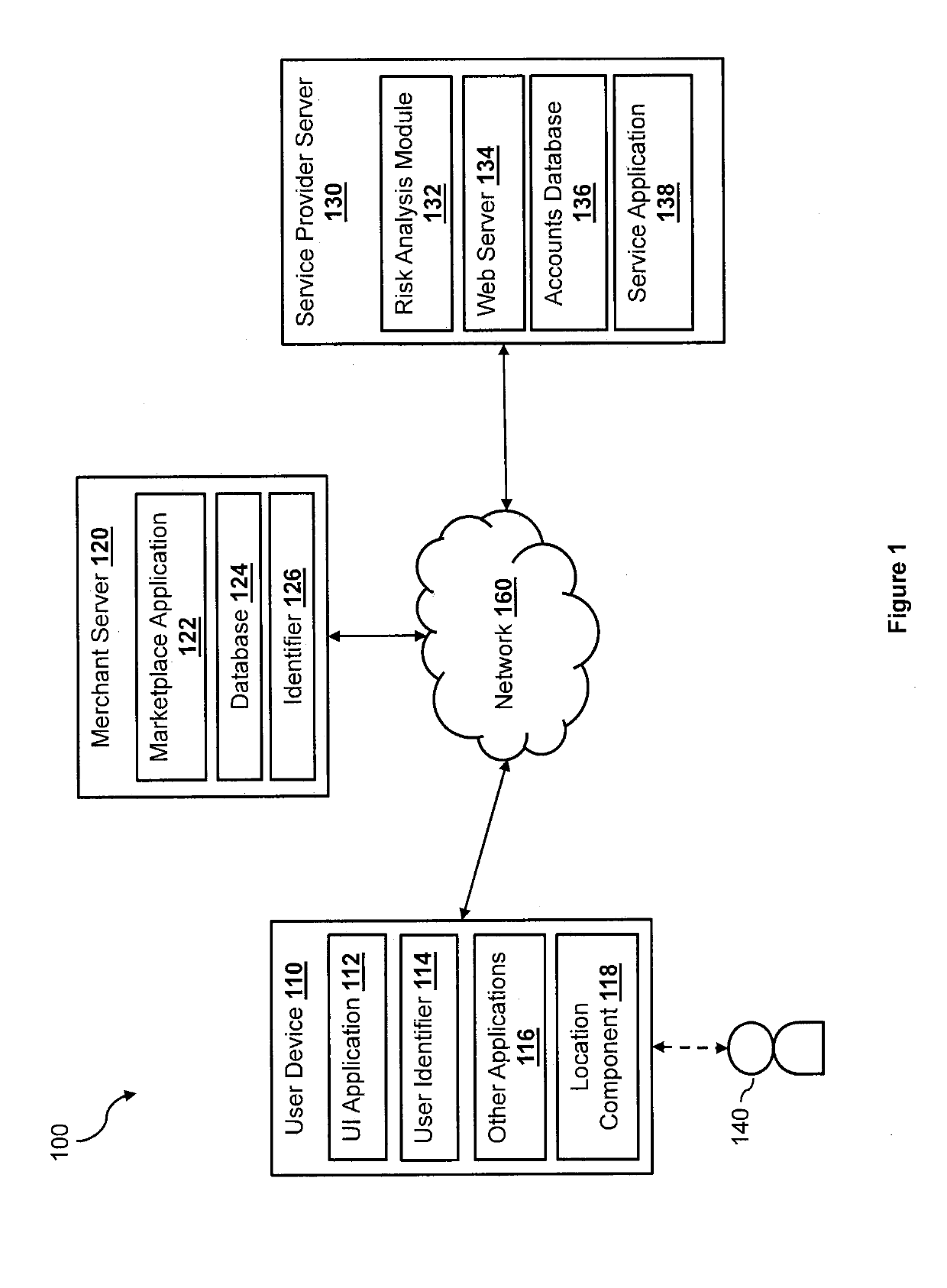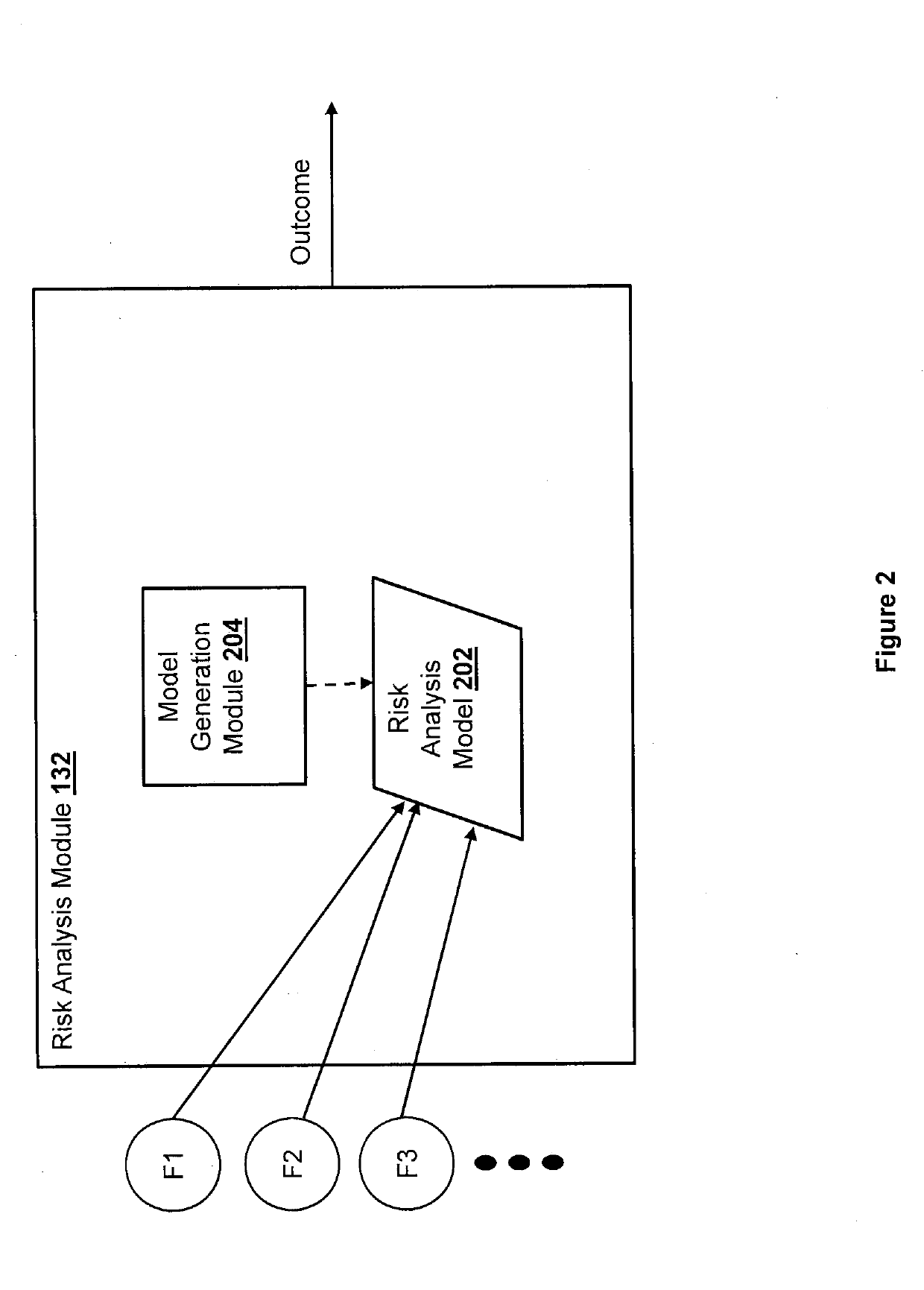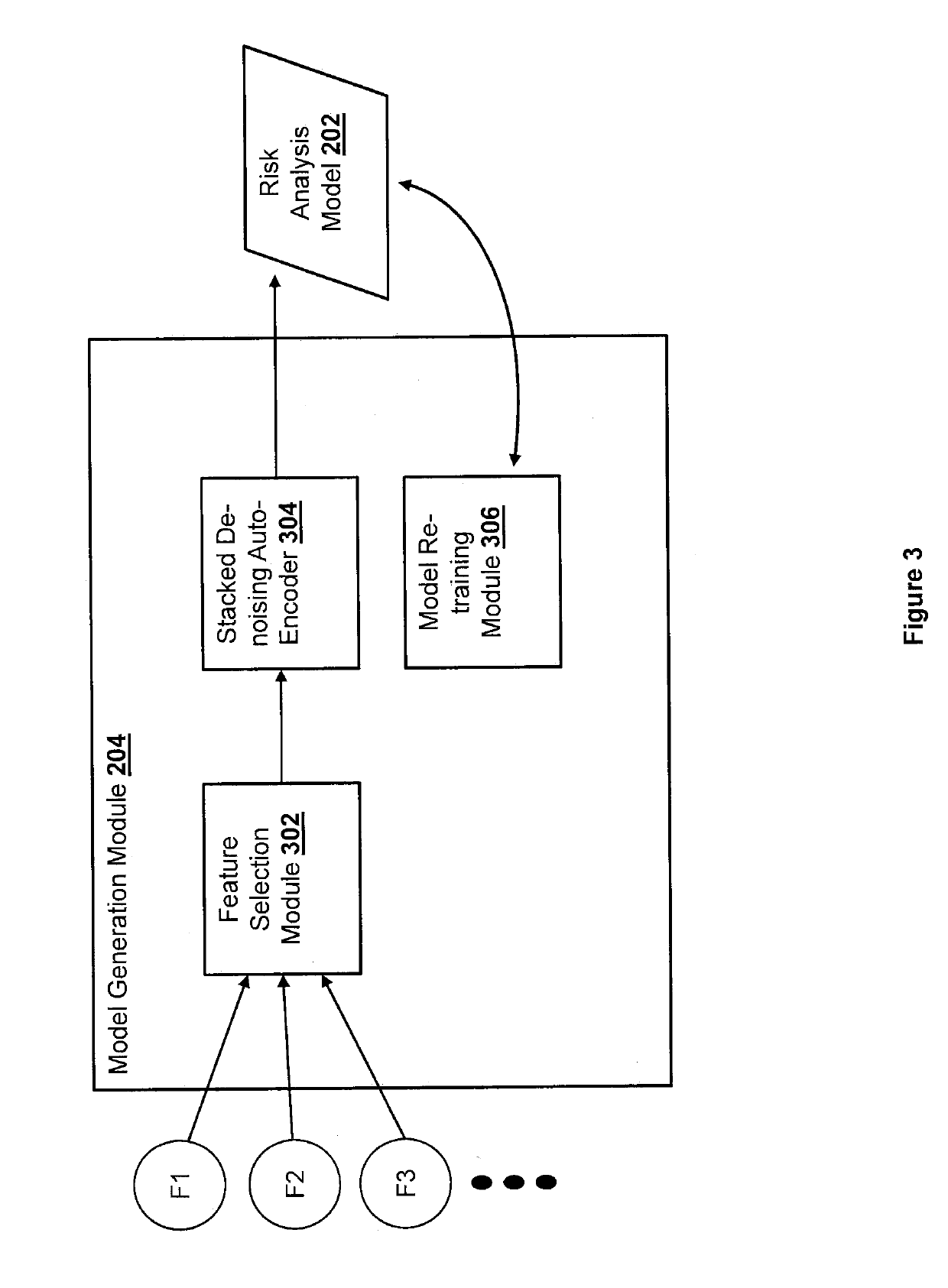Generic learning architecture for robust temporal and domain-based transfer learning
a technology of transfer learning and gene learning, applied in the field of fraud modeling, can solve the problems of high cost of constantly generating new computer models for detecting fraudulent transactions, inability to predict the appropriate time to generate and release a new computer model, and inability to optimize the performance of computer models based on recent fraudulent transaction data
- Summary
- Abstract
- Description
- Claims
- Application Information
AI Technical Summary
Benefits of technology
Problems solved by technology
Method used
Image
Examples
Embodiment Construction
[0014]The present disclosure describes methods and systems for generating robust computer models for detecting potential or possible fraudulent electronic transactions. A computer model generated for detecting fraudulent electronic transactions may use a set of data related to an electronic transaction to predict whether the electronic transaction is a possible, potential, or likely fraudulent transaction. The set of data may include a transaction type, a transaction amount, a user account associated with the transaction, a browser type of a browser used to initiate the transaction, a device type of a device used to initiate the transaction, an Internet Protocol (IP) address of the device used to initiate the transaction, and other information related to the transaction. Some of these data types (also referred to as “features” herein) may be more relevant (or more determinative) for detecting fraudulent transactions than others. As such, in one aspect of the disclosure, a set of dom...
PUM
 Login to View More
Login to View More Abstract
Description
Claims
Application Information
 Login to View More
Login to View More - R&D
- Intellectual Property
- Life Sciences
- Materials
- Tech Scout
- Unparalleled Data Quality
- Higher Quality Content
- 60% Fewer Hallucinations
Browse by: Latest US Patents, China's latest patents, Technical Efficacy Thesaurus, Application Domain, Technology Topic, Popular Technical Reports.
© 2025 PatSnap. All rights reserved.Legal|Privacy policy|Modern Slavery Act Transparency Statement|Sitemap|About US| Contact US: help@patsnap.com



